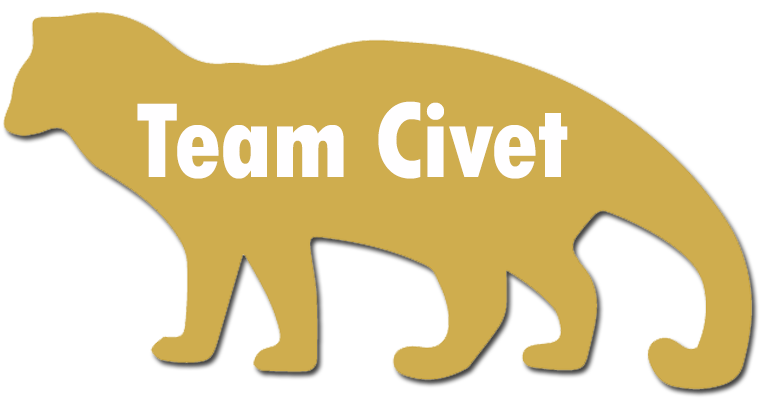A Joined Commonality between Perfume,
Coffee and Fur Coats

You might wonder how things like perfume, coffee and fur have so much in common or how it can be named in one sentence. However you can do it when you refer to civets. Only a civet cat provided ingredients for Chanel no. 5, a civet fur and kopi luwak prior to 1998. Many might be fooled by the cat like appearance of the smaller species which are referred to as civet cats, however it is not a cat by far. It would be more related to mongoose that to felines.
You find it getting attention due to its unique traits and appearance which include a racoon like tail on a cat like body and a face like a weasel. The attention it attracts is actually a bad thing as its uniqueness makes it endangered to such a point that it is on the brink of complete extinction. Most people across African and East Asia where you still find this specie, actively hunt them for both the fur and fruit smelling meat.
